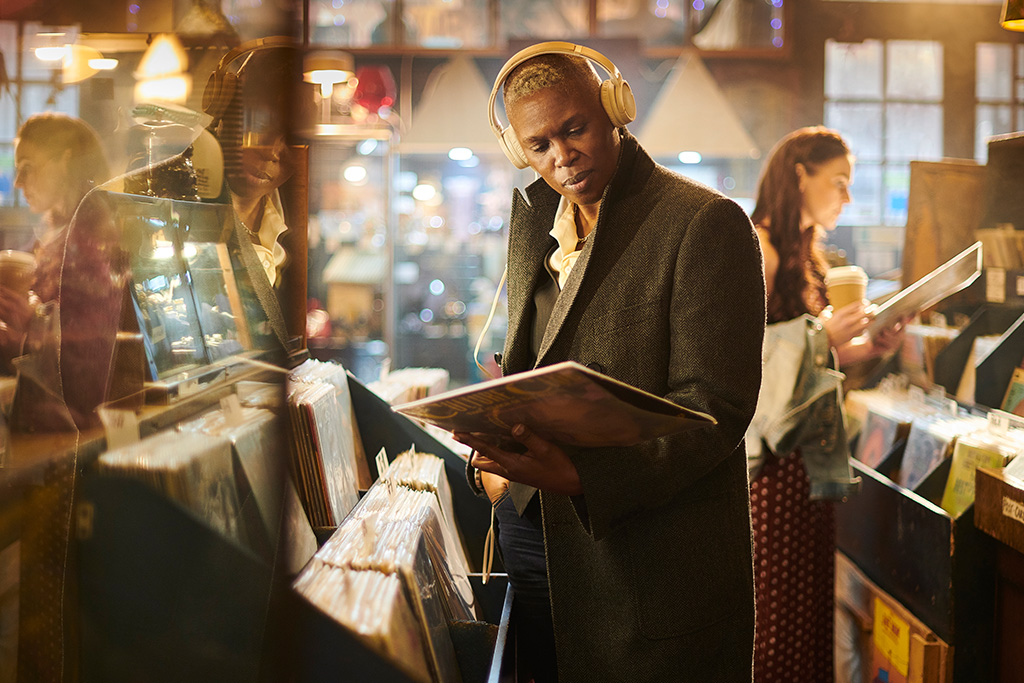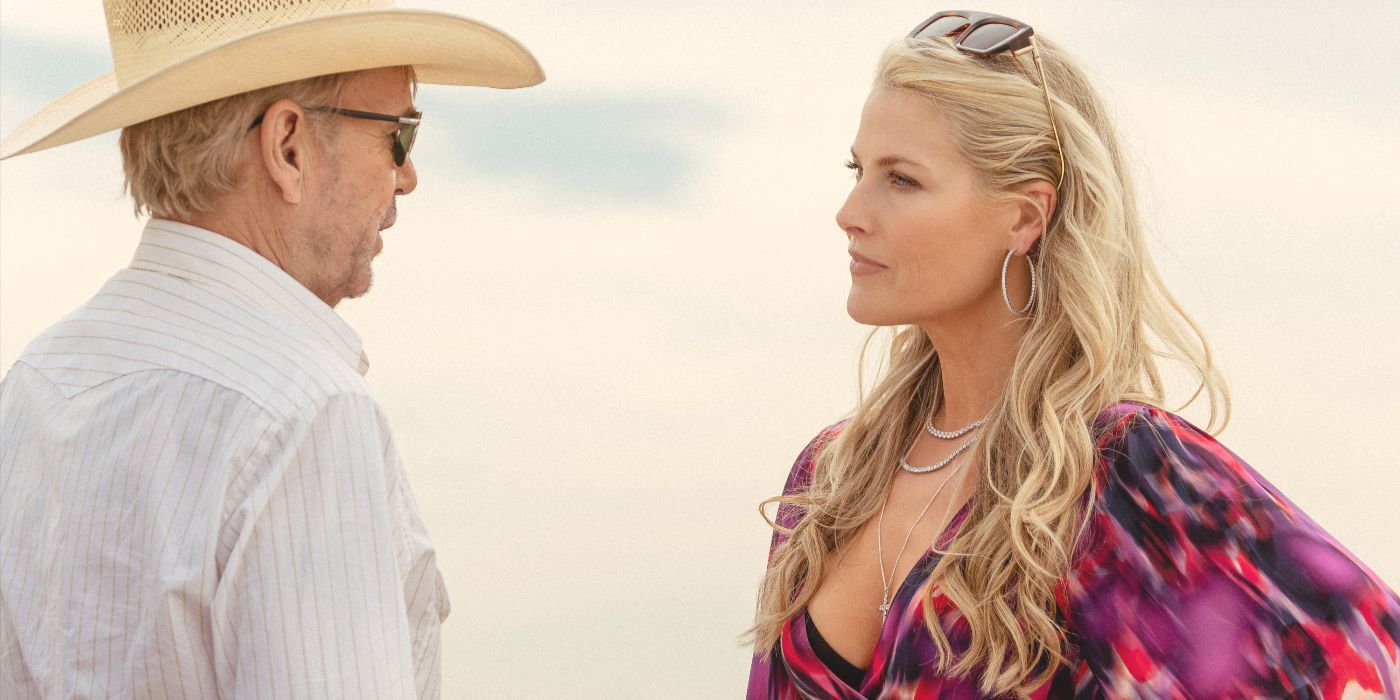Are We Entering A Golden Age Of Secondhand Shopping?

Table of Contents
The Environmental Imperative of Secondhand Shopping
The fashion industry is a major contributor to environmental pollution. Fast fashion, with its emphasis on cheap, disposable clothing, generates massive amounts of textile waste and has a significant carbon footprint. Secondhand shopping offers a powerful solution to this problem.
Reducing Textile Waste
- The problem: The EPA estimates that Americans throw away 11.3 million tons of textiles annually. Much of this ends up in landfills, contributing to environmental pollution and methane emissions.
- Secondhand Solution: Extending the lifespan of clothing through secondhand shopping directly reduces the demand for new garments, thus minimizing textile waste.
- Benefits: Buying secondhand reduces landfill waste, conserves resources, and decreases the demand for new production.
- Example: Companies like Patagonia are leading the way with their "Worn Wear" program, repairing and reselling used clothing, proving that secondhand is not only sustainable but commercially viable.
Lowering Carbon Footprint
- The impact of production: Manufacturing new clothing is energy-intensive, requiring significant resources like water, cotton, and dyes. The transportation of these materials and finished products adds to the overall carbon footprint.
- Secondhand's role: Buying secondhand significantly reduces the demand for new production, thus lowering the overall carbon footprint associated with clothing manufacturing and transportation.
- Comparison: Studies show that buying secondhand clothing can reduce your carbon footprint by up to 70% compared to buying new.
- Example: Choosing a secondhand sweater instead of a new one directly reduces the energy consumption and emissions related to its production, transportation, and eventual disposal.
The Economic Advantages of Secondhand Shopping
Beyond the environmental benefits, secondhand shopping offers compelling economic advantages.
Affordability and Accessibility
- Price differences: Secondhand items are generally much cheaper than their new counterparts, making them accessible to a wider range of consumers. This is especially true for coveted designer brands or vintage pieces.
- Budget-friendly: Secondhand shopping allows budget-conscious consumers to build a stylish wardrobe without breaking the bank.
- Examples: Platforms like Depop, ThredUp, and eBay offer a wide variety of secondhand clothing at significantly lower prices than retail stores.
- Savings: You can often find high-quality items at a fraction of their original price, saving you significant money over time.
Unique and Diverse Finds
- One-of-a-kind items: The secondhand market offers a treasure trove of unique and vintage items, often unavailable in mainstream retail.
- The thrill of the hunt: Secondhand shopping has a unique "treasure hunt" element, adding excitement to the shopping experience.
- Upcycling and customization: Secondhand clothing provides opportunities for creativity and self-expression through upcycling and customization.
- Examples: Finding a rare vintage band tee or a unique piece of jewelry adds character and individuality to your style.
The Changing Consumer Mindset
The rise of secondhand shopping isn't just about saving money or helping the environment; it reflects a fundamental shift in consumer values.
Shifting Values and Sustainability
- Conscious consumerism: There's a growing awareness of the social and environmental impact of consumption, leading consumers to seek more sustainable and ethical alternatives.
- Social media influence: Social media influencers and sustainability advocates are actively promoting secondhand shopping, influencing consumer behavior.
- Examples: Many brands are now incorporating sustainable practices and offering secondhand options, reflecting the changing consumer demand.
- Statistics: A recent survey showed that 70% of consumers are now willing to pay more for sustainable products, indicating a growing market for secondhand goods.
Community and Connection
- Local markets and thrift stores: Secondhand shopping often fosters a sense of community through local markets and thrift stores.
- Online platforms: Online secondhand platforms create virtual communities where buyers and sellers can connect and share their passion for sustainable fashion.
- Sharing and swapping: The rise of clothing swaps and sharing initiatives further strengthens the sense of community around secondhand shopping.
- Examples: Local clothing swaps and online forums dedicated to secondhand shopping create spaces for connection and knowledge sharing.
Conclusion
The evidence is clear: We are indeed witnessing a golden age of secondhand shopping. The environmental benefits of reducing textile waste and lowering carbon footprints are undeniable, while the economic advantages of affordability and unique finds appeal to a wide range of consumers. Furthermore, the changing consumer mindset, driven by sustainability concerns and a desire for community, is fueling the growth of this market.
Join the movement and experience the joys and benefits of secondhand shopping. Discover unique finds, save money, and contribute to a more sustainable future. Explore local thrift stores, online marketplaces, and consignment shops – your next favorite item might be waiting! The future of fashion is circular, and secondhand shopping is at its heart.

Featured Posts
-
 Earth Day May Day Parade And Junior League Gala Community News
May 13, 2025
Earth Day May Day Parade And Junior League Gala Community News
May 13, 2025 -
 From Pressure To Pause Trumps Influence On The Us And Eu Response To The Ukraine Crisis
May 13, 2025
From Pressure To Pause Trumps Influence On The Us And Eu Response To The Ukraine Crisis
May 13, 2025 -
 Pegula Falls To Sabalenka In Hard Fought Miami Open Final
May 13, 2025
Pegula Falls To Sabalenka In Hard Fought Miami Open Final
May 13, 2025 -
 Deja Kellys Game Winning Shot Propels Las Vegas Aces To Victory
May 13, 2025
Deja Kellys Game Winning Shot Propels Las Vegas Aces To Victory
May 13, 2025 -
 Ali Larter On Angelas Evolution Reverse Engineering The Trophy Wife In Season 2
May 13, 2025
Ali Larter On Angelas Evolution Reverse Engineering The Trophy Wife In Season 2
May 13, 2025
